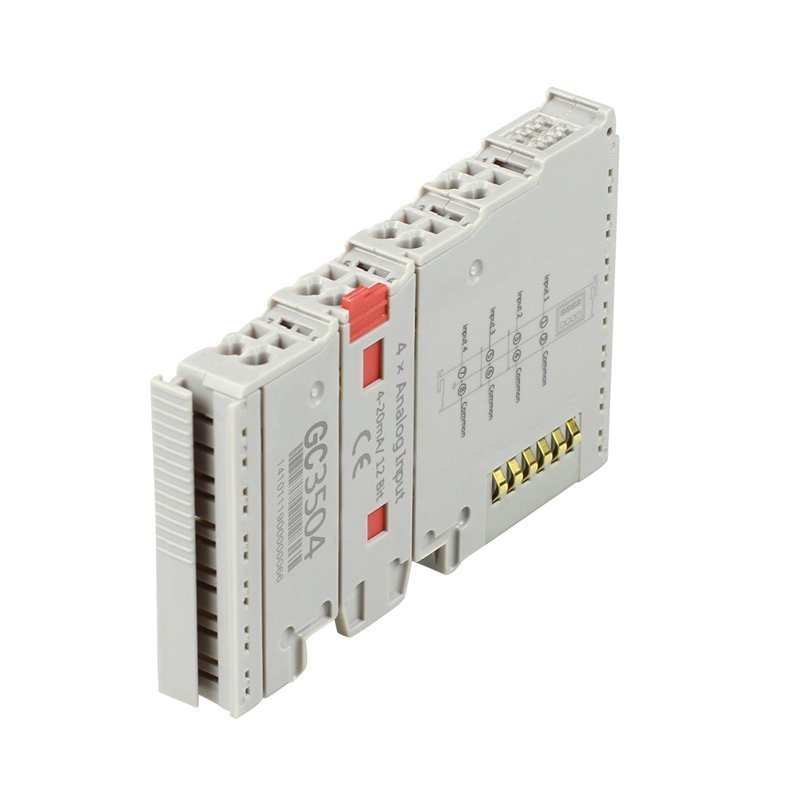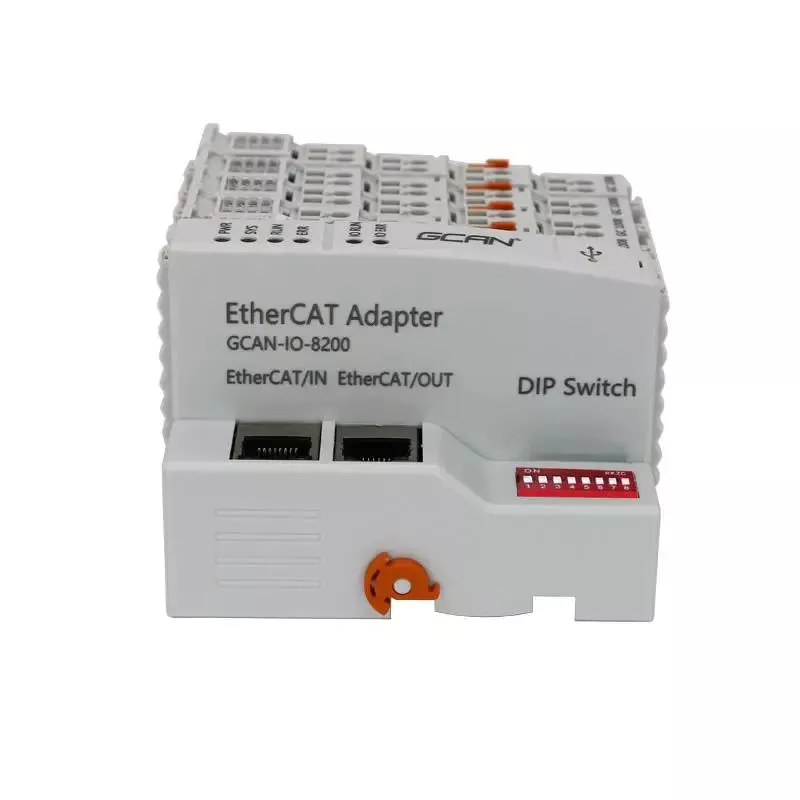IO is an important part of PLC.
The collection of PLC information and the output of instructions must be applied to various input and output IOs.
I guess you must have read some IO manuals.
One of their instructions is the bit width of the device, such as 12 bits or 16 bits.
So, the higher the bit width of the IO module, the better? Let’s talk about this.


The bit width is the number of bits of data that can be transmitted in one clock cycle.
The larger the number of bits, the greater the amount of data that can be transmitted in an instant.
From this point of view, the larger the bit width of the IO module, the better, there is nothing wrong with it.
However, the amount of data transmission, that is, the data bandwidth, depends not only on the bit width, but also on the frequency of data transmission.
The multiplication of the two is the final total amount of data transmitted.
In other words, the light position is wide, but the frequency is too high, which is still not enough.
At the same time, the larger the bit width, the higher the hardware cost, and the greater the heat generation and power consumption of the device.
Looking for a Expandable PLC for your next project ? Click to learn more!
